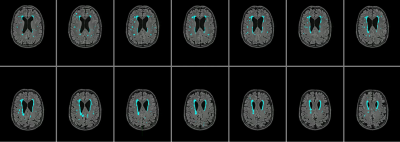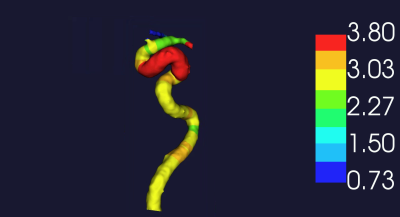Andrew Crofts1, Jessica J Steventon2, Joseph R Whittaker3, Marcello Venzi1, Hannah L Chandler4, Mahfoudha Al Shezawi5, Eric J Stohr6, Chris Pugh6, Barry McDonnell6, and Kevin Murphy1
1Cardiff University Brain Research Imaging Centre (CUBRIC), School of Physics and Astronomy, Cardiff University, Cardiff, United Kingdom, 2CUBRIC, School of Medicine, Cardiff University, Cardiff, United Kingdom, 3Max Planck Institute for Human Cognitive and Brain Sciences, Leipzig, Germany, 4CUBRIC, School of Psychology, Cardiff University, Cardiff, United Kingdom, 5Cardiff Metropolitan University, Cardiff, United Arab Emirates, 6Cardiff Metropolitan University, Cardiff, United Kingdom
1Cardiff University Brain Research Imaging Centre (CUBRIC), School of Physics and Astronomy, Cardiff University, Cardiff, United Kingdom, 2CUBRIC, School of Medicine, Cardiff University, Cardiff, United Kingdom, 3Max Planck Institute for Human Cognitive and Brain Sciences, Leipzig, Germany, 4CUBRIC, School of Psychology, Cardiff University, Cardiff, United Kingdom, 5Cardiff Metropolitan University, Cardiff, United Arab Emirates, 6Cardiff Metropolitan University, Cardiff, United Kingdom
Central
pulse pressure and its influence on carotid artery morphology better predict
white matter hyperintensity volume than both brachial blood pressure and pulse
wave velocity, a measure of arterial stiffness.


